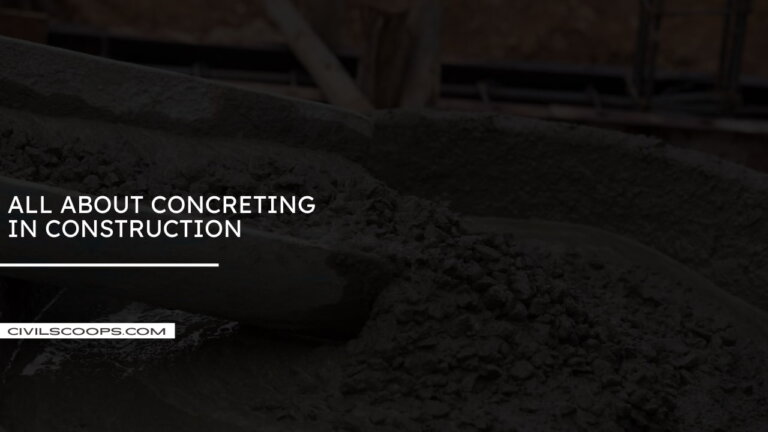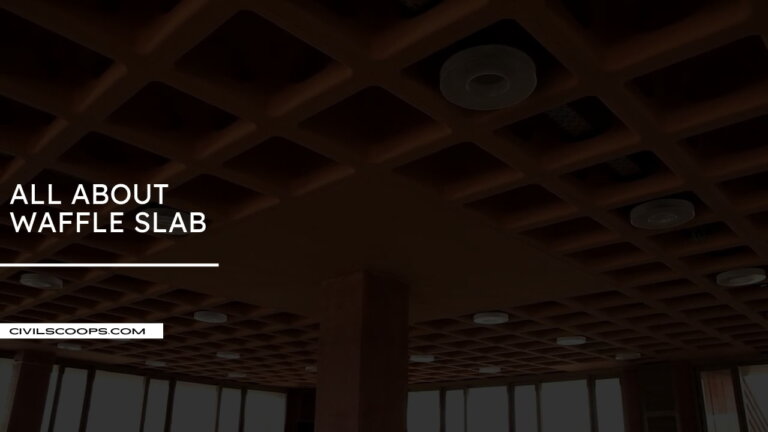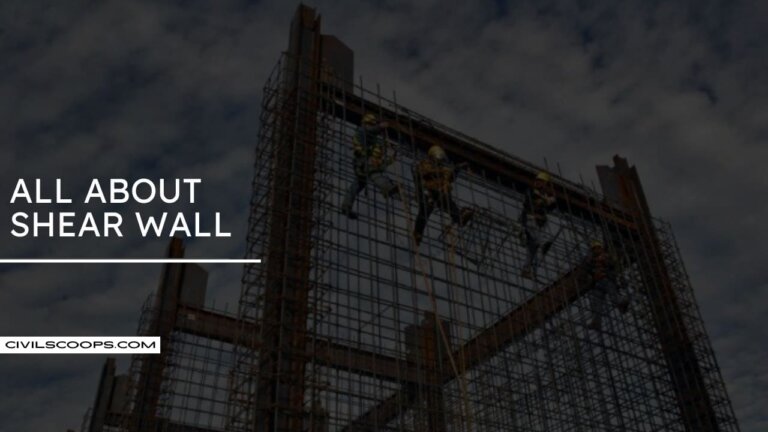What Is Fresh Concrete | 8 Properties of Fresh Concrete
What Is Fresh Concrete? When concrete is its plastic state, it is known as fresh concrete. Fresh concrete can be easily molded to a durable structural member. It can be prepared on the spot and may give a wide range of properties from easily available raw materials. Properties of Fresh Concrete Workability. Temperature. Water Cement…



